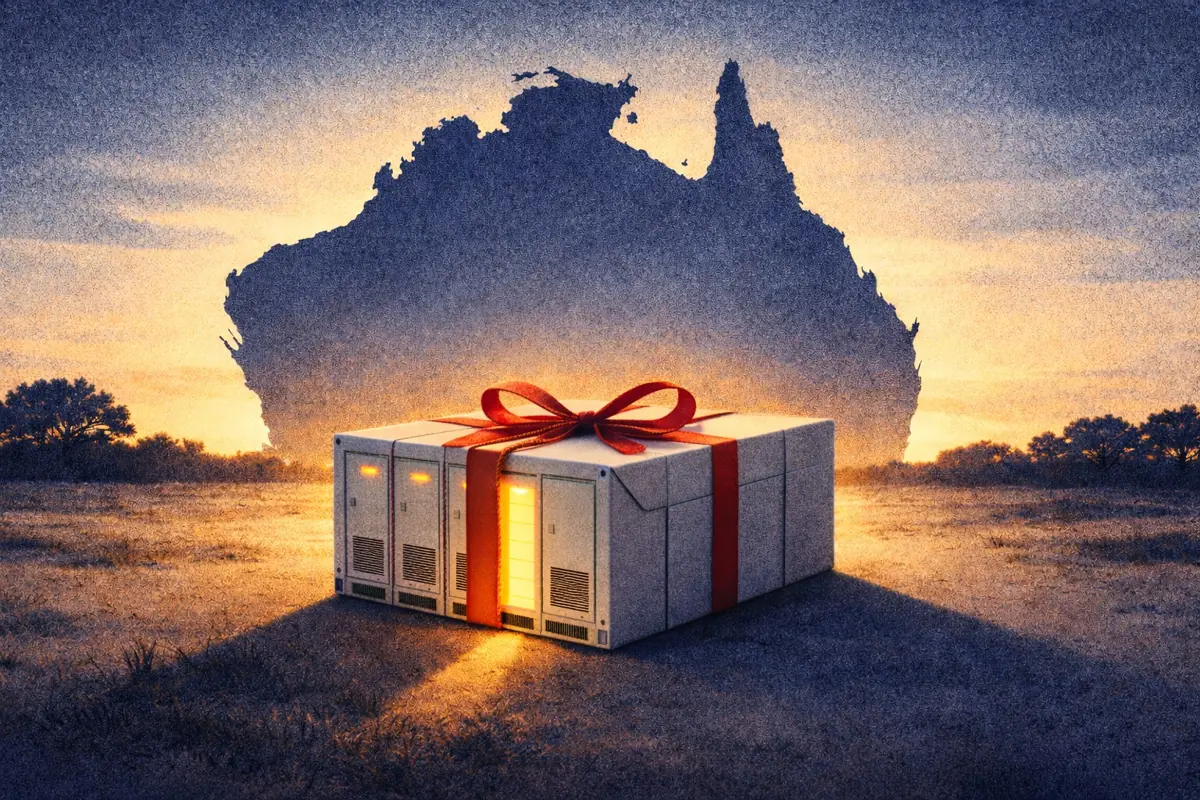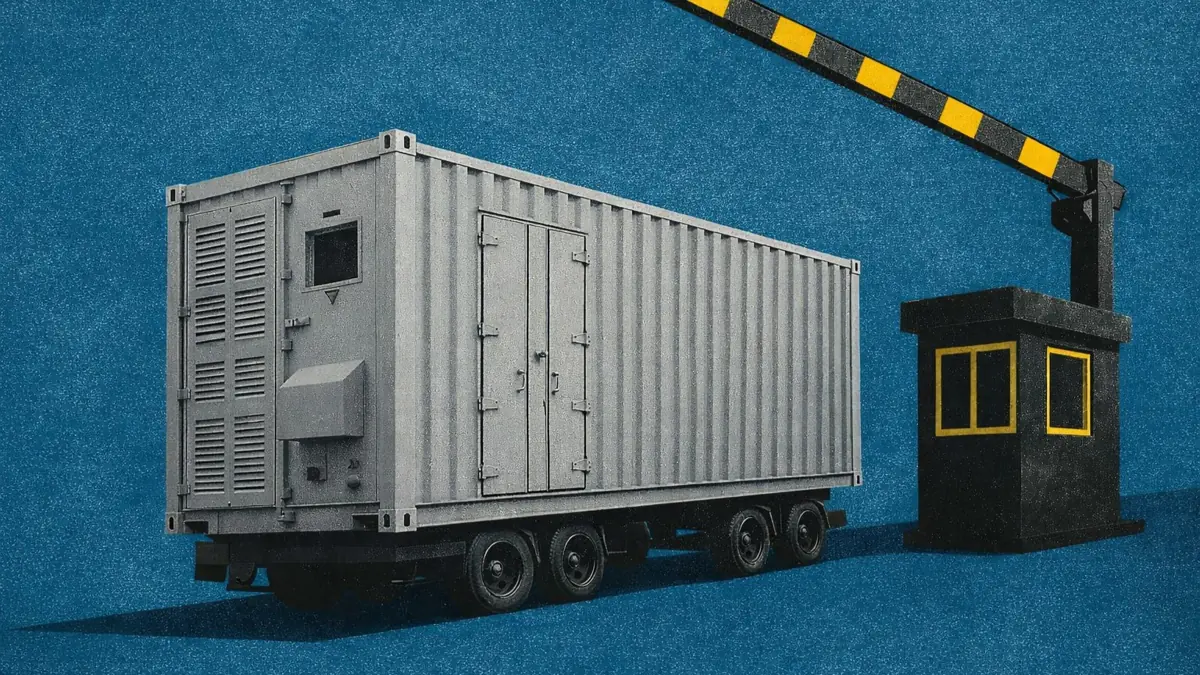NYISO: Where Strike Prices in the first ISC solicitation will land
NYISO: Where Strike Prices in the first ISC solicitation will land
New York is undergoing its first solicitation for grid-scale energy storage systems (ESS) via Index Storage Credits (ISCs).
ISCs operate as contracts for differences, under which the New York State Energy Research and Development Authority (NYSERDA) pays or charges participating ESS owners to align their revenues with the Strike Price they set in their bids to secure ISC contracts.
The actual payout (or debit) from NYSERDA will equal the Strike Price minus a zonal Reference Price that estimates how much revenue an ESS can capture independent of the ISC.
As applicants prepare the Strike Price portion of their bids between December 2025 and January 2026, a key question across the industry is: “What Strike Prices can we expect?”
These Strike Prices will determine both who NYSERDA selects for the ISC program and how much revenue projects will earn once operational.
Key Takeaways
- According to NYSERDA, applicants should base Strike Prices on the revenue they require to “be viable.”
- Some Strike Prices will be lower than their project’s revenue requirement if a project predicts that it will outperform the Reference Price.
- The expected competitiveness of the solicitation will determine whether developers lower their Strike Prices or retain additional earnings above the Reference Price.
- Projects in zones with lower expected ISC payments, or those aligning with NYSERDA’s non-price considerations, will have a competitive edge and are less likely to lower their Strike Prices using projected surplus earnings.
Strike prices will be based on the Cost of New Entry
The solicitation will be highly competitive. More than 18 GW of eligible storage projects (either in the queue, in service, or holding finalized interconnection agreements) may compete for just 1 GW of ISC awards. As a result, projects will likely bid Strike Prices as low as possible to secure contracts.
Although the minimum viability threshold varies by project, the average gross Cost of New Entry (CONE) approximates it for projects inside and outside New York City. This figure estimates the cost of building and operating an ESS before subtracting expected market revenues.
However, the gross CONE is not the only factor developers consider. Many projects will outperform their Reference Prices through nodal volatility, real-time arbitrage, or participation in ancillary service markets. This additional revenue can create headroom that allows the Strike Price to fall below the gross CONE while still covering a battery’s costs.
Conversely, some batteries will underperform relative to the Reference Price. These projects will need to bid Strike Prices above their gross CONE to meet revenue requirements under the ISC, and will be less likely to receive contracts.
Nodal volatility premiums can allow for Strike Prices over $30/MW-day below participants’ revenue requirements
Gross CONE includes, but is not limited to, land, labor, and capital costs (assuming a 10–11% return). These factors set the baseline for what Strike Prices developers view as viable. For a 4-hour battery, the gross CONE ranges from $838/MW-day to $868/MW-day within New York City, and from $518/MW-day to $556/MW-day outside the city.
But Strike Prices will diverge based on each participant’s predicted performance relative to the Reference Price. A key performance driver is whether an ESS is exposed to more or less nodal volatility than the Reference Price’s proxy node.
Assuming participants apply their entire nodal premium to lower their Strike Price, some nodes could support Strike Prices $20/MW-day below the gross CONE in New York City and $30/MW-day below the gross CONE outside the city (a $7300/MW-year or $10950/MW-year drop, respectively). These equate to 2.3% and 5.6% discounts on Strike Prices.
NYSERDA scores bids based on predicted ISC payments, not on the lowest possible Strike Price
Importantly, applicants will not always use their entire premium over the Reference Price to lower their Strike Prices; some may instead retain this additional revenue. Their willingness to do so will depend on how competitive their position is within the applicant pool.
A participant’s bid is primarily scored on how small NYSERDA predicts its ISC payments will be—not simply on how low the Strike Price is. Consequently, if two applicants submit identical bids with the same Strike Price, the higher score will go to the one exposed to higher predicted Reference Prices, minimizing NYSERDA’s payout.
Since gross CONE, and therefore the baseline Strike Price, is similar across all non-NYC zones, projects with the highest Reference Prices (those in the Southeast) are more likely to retain earnings from outperformance. By contrast, projects in the North and West will likely use any premium over their Reference Price to lower their Strike Price submissions.
New York City is the outlying zone. Its Reference Prices are the highest, but so is its gross CONE. If Strike Prices were equal to the gross CONE, ISC payments for NYC projects would surpass those in every other zone. If bids were judged on this factor alone, New York batteries would need to significantly outperform their Reference Prices and bid Strike Prices far below their gross CONE to secure ISCs.
Non-price factors will determine competitiveness beyond predicted ISC payments
While projected ISC payments make up 60% of a bid’s score, the remaining 40% comes from non-price factors that can boost an applicant’s competitiveness. NYSERDA groups these factors into three categories:
- Project Viability and Maturity - how ready and capable a project is to successfully secure permits, financing, interconnection, and complete construction on schedule.
- Electricity System Value - how much the project improves grid reliability, supports renewable integration, and reduces fossil fuel dependence.
- Economic Impact - the project’s contribution to local jobs, community benefits, and New York State’s clean energy economy.
Strong performance in these categories allows applicants to maintain slightly higher projected ISC payments and still win awards. As a result, they’re less likely to use all potential excess revenues from a location or operating strategy with better-than-average fundamentals to lower their Strike Prices.
Two additional considerations are NYSERDA’s technological and geographic targets. The agency aims for 30% of new capacity to be located in New York City and 20% to come from batteries with durations of eight hours or more.
These targets will make eight-hour batteries and New York City projects roughly 2x more likely to receive an ISC award — per-MW of capacity eligible to receive these awards — compared with those lacking either trait. As a result, eight-hour batteries are less likely to submit Strike Prices below their gross CONE. For New York City projects, it remains unclear whether this target will offset the zone’s higher ISC payments and make those batteries competitive without a reduced Strike Price.
This first ISC solicitation will reveal how developers weigh competitiveness against profitability across New York’s zones. The key question is whether they’ll retain excess revenues or use them to push their Strike Prices lower to secure awards.







